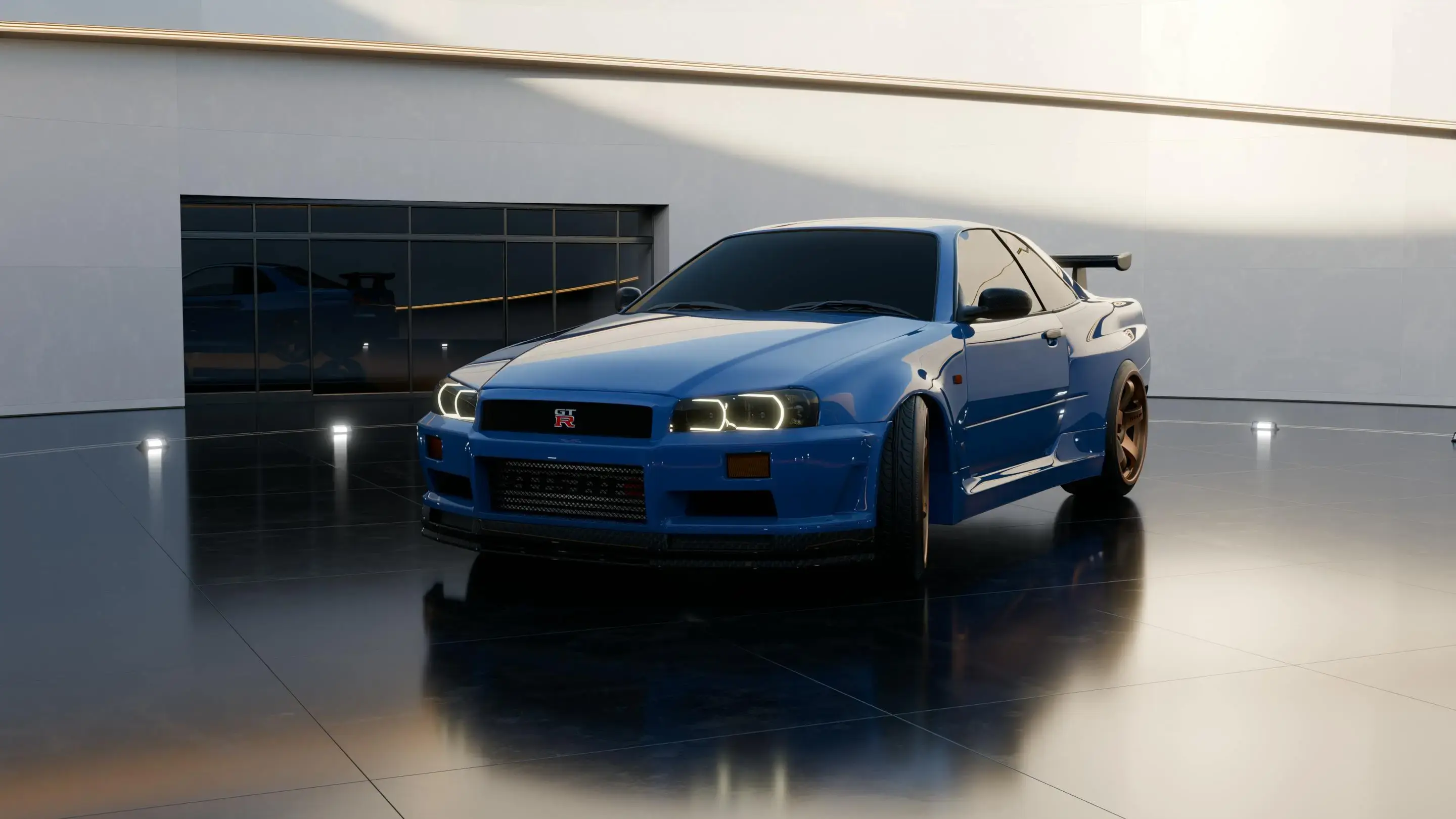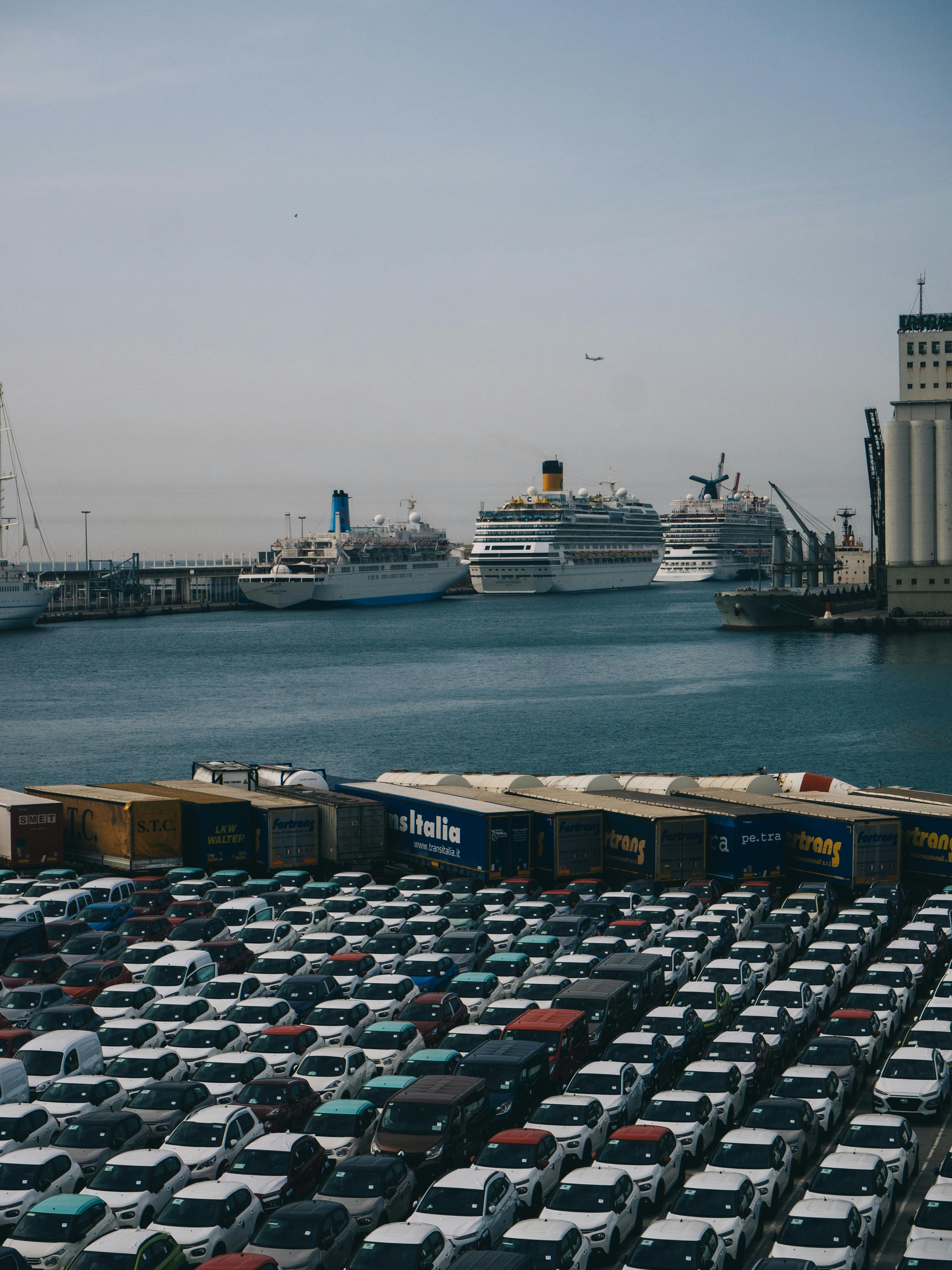Classic Car Import Trend: 2025 to 2026 Automotive Collector Boom
The classic car import trend is accelerating into 2026—and it shows no signs of slowing. Fallout from 2025 tariffs, a weak U.S. dollar, and the constantly expanding 25-year eligibility list have supercharged demand for classic car imports, pushing prices higher at auctions and flooding ports with impeccably preserved icons. This guide breaks down the biggest forces behind the boom, highlights the 2026 cars every collector is watching, and explains how enthusiasts can navigate shipping, compliance, and market volatility to seize new opportunities.
Outline
-
Why Is 2025 the Launchpad for a 2026 Classic-Car Import Boom?
-
Which 2026 Cars Gain Value First as They Hit the 25-Year Rule?
-
How Does a Weak Dollar Fuel the Classic Import Surge?
-
Are Tariffs and Emission Rules Creating a Two-Tier Classic Market?
-
What Collector Strategies Work Best in a Fast-Rising 2026 Market?
-
Where Are the Hottest Global Destinations for American Classic Exports?
-
Which Shipping Options Protect High-Value Vintage Vehicles?
-
How Do Auctions Drive Momentum in the Classic-Car Trend?
-
Do EV Conversions Threaten or Enhance Classic Investments?
-
Why West Coast Shipping Remains the Go-To Partner for 2025-2026 Imports
1. Why Is 2025 the Launchpad for a 2026 Classic-Car Import Boom?
2025 marked the moment when every car built in 2000 crossed the 25-year threshold, unlocking U.S. import eligibility without modern safety or emission hurdles. According to the 25-Year Exemption boom report, classic imports jumped 37 percent year-over-year, with models like the BMW Z8 and Nissan Skyline R34 leading arrivals.
Two additional catalysts accelerated the trend:
-
Tariff relief for classics—still only 2.5 percent duty—versus the 25 percent levy on newer vehicles.
-
Currency advantage after a 6-10 percent dollar slide, which the weak-dollar analysis says slashed European purchase costs by thousands.
With these tailwinds, importers gained momentum heading into 2026, and brokers now predict another double-digit jump in classic arrivals.
2. Which 2026 Cars Gain Value First as They Hit the 25-Year Rule?
2026 eligibility opens the floodgates for 2001 production year gems. Among the standout models collectors already target:
-
Honda S2000 AP1 (2001) – A high-revving icon poised for 30 percent appreciation, echoing 2025’s jump.
-
BMW M3 E46 – Considered one of the best-balanced vehicles of the era, early builds become import-ready on January 1.
-
Mazda RX-7 Spirit R – Limited to 1,504 units, the final Wankel-powered classic is expected to command six-figure auction bids.
-
Ford Lightning pickup – Proof that the truck segment is joining the classic import boom.
Industry experts quoted in the classic car tariff-opportunity guide note that post-2000 models blend modern drivability with nostalgic styling, widening their appeal to younger enthusiasts.
3. How Does a Weak Dollar Fuel the Classic Import Surge?
The 2025 dollar dip lowered overseas price tags for U.S. buyers and added firepower for exporters shipping vehicles into Europe and Asia. In France, for instance, a €52,800 BMW Z8 now lands stateside for the same dollar outlay as a €58,200 buy in 2024, thanks to currency moves.
As detailed in West Coast Shipping’s currency report, the greenback’s softness is forecast to linger well into 2026, meaning the investment case for importing classics remains compelling—especially for iconic European models that rarely surface on the U.S. market.
4. Are Tariffs and Emission Rules Creating a Two-Tier Classic Market?
Yes. New vehicles pay the full tariff and must meet U.S. emissions, while classics glide through under the 25-year exemption. This disparity creates a “collectors’ arbitrage”:
-
Classic car importers avoid costly EPA modifications.
-
Modern performance cars face hold-ups and fees, dampening demand.
The result is a noticeable surge of older imports, while late-model sports car shipments slowed after the May 2025 parts-tariff hike described in the supply-chain article.
5. What Collector Strategies Work Best in a Fast-Rising 2026 Market?
Strategy #1 – Buy Just-Eligible Models Early. Prices spike once auctions spotlight a newly legal model. Secure stock overseas before U.S. demand hits.
Strategy #2 – Focus on Low-Mileage, Original-Spec Cars. Auction data show originality premiums widening to 18 percent on 1990s imports.
Strategy #3 – Diversify Into Rising Segments. Japanese rally legends and early-2000s German coupes both outperformed mid-1960s muscle in Hagerty’s 2025 index, hinting at where 2026 momentum could shift.
6. Where Are the Hottest Global Destinations for American Classic Exports?
The post-tariff landscape favors export to:
-
France – Zero duty, 5.5 percent VAT on classics (see top export destinations).
-
Germany – 30-year rule plus 7 percent VAT pulls U.S. muscle into Stuttgart showrooms.
-
Saudi Arabia – High disposable income fuels demand for performance cars and rare supercar imports.
Exporters leveraging the 90-day tariff pauses explained in the opportunity window article moved record container volumes in Q2 2025—positioning for even greater 2026 growth.
7. Which Shipping Options Protect High-Value Vintage Vehicles?
-
Dedicated container shipping remains the premium choice for six-figure classics—offering sealed security and space for spare parts.
-
Shared container services cut per-unit cost for mid-tier imports, a popular route flagged in our container-vs-RoRo comparison.
-
RoRo still suits running cars under $40k but exposes them to weather and port handling.
West Coast Shipping maintains consolidation hubs in Oakland, Miami, and New Jersey, providing weekly sailings that meet the tight timing many buyers require after hammer-falls at Amelia Island or Scottsdale.
8. How Do Auctions Drive Momentum in the Classic-Car Trend?
High-profile sales set pricing psychology. At Monterey 2025, a Ferrari 550 Barchetta exceeded its high estimate by 28 percent, prompting immediate car import inquiries for similar limited-edition Italian exotics. Expect the 2026 calendar—Scottsdale, Amelia Island, Pebble—each to trigger mini-spikes in shipping bookings.
Auction houses partner with West Coast Shipping’s auction logistics to streamline immediate post-sale exports—a critical factor as international buyers must finalize shipping within days.
9. Do EV Conversions Threaten or Enhance Classic Investments?
Some purists fear electric swaps dilute authenticity. Yet the classic-car market trend guide notes rising interest in hybrid or full-EV retrofits—especially in low-emission-zone Europe. While conversions can alienate concours judges, they may broaden urban usability, boosting long-term resale in cities tightening combustion bans.
Expect an equilibrium: untouched examples remain premium; cleverly executed EV builds open new urban markets without devastating original specimens’ value.
10. Why West Coast Shipping Remains the Go-To Partner for 2025-2026 Imports
From classic Skylines to limited BMW Z8s, West Coast Shipping manages the entire car import pipeline: purchase assistance, inland haulage, container loading, customs, and final delivery. With weekly departures to 48 countries, on-site appraisal teams, plus real-time tracking and bonded warehouses, collectors gain:
-
Cost-cutting shared containers for sub-$100k classics.
-
White-glove handling for multi-million-dollar supercar shipments.
-
Tariff-compliance guidance tailored to each automotive destination’s rule set.
Our experience moving record numbers of classics during the surge reinforces one fact: seasoned logistics makes or breaks returns on high-value imports.
Key Takeaways for the 2025-2026 Classic Car Import Boom
-
25-year rule makes 2001 models hot commodities in 2026.
-
Dollar weakness + low classic duties widen the import advantage.
-
Tariffs drive buyers toward older, exempt vehicles.
-
Strategic pre-eligibility purchases lock in gains before auction hype.
-
Container shipping remains the safest route for iconic cars.
-
France, Germany, and Saudi Arabia top export target lists.
-
EV conversions create niche value in emission-regulated cities.
-
Partnering with West Coast Shipping ensures compliance, cost control, and timely delivery during peak demand.
Get Your Instant Classic Car Import Quote
Ready to ride the 2026 classic-car wave? Use our real-time calculator below to compare routes, rates, and container options—then secure your dream car before the next auction surge.
You May Also Like
These Related Stories

25-Year Rule for US Car Imports 2025: Complete Classic Import Guide

Classic Car Exemptions Under The US–Japan Trade Deal: The New 15% Tariff

-093789-edited.png?width=220&height=79&name=wcs_final_logo_(1)-093789-edited.png)
